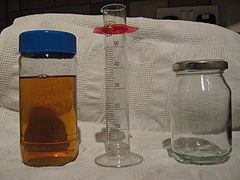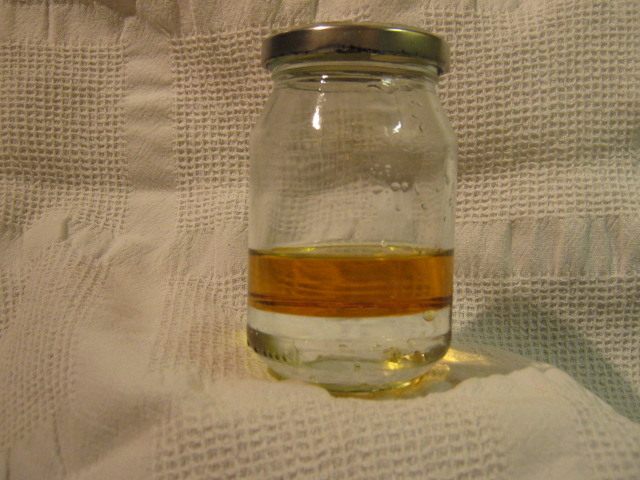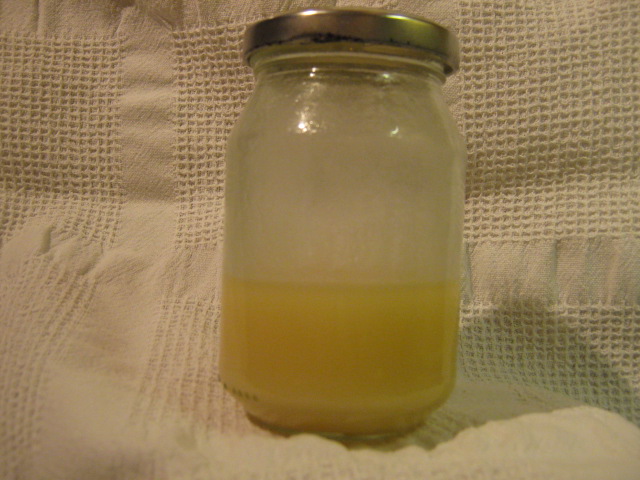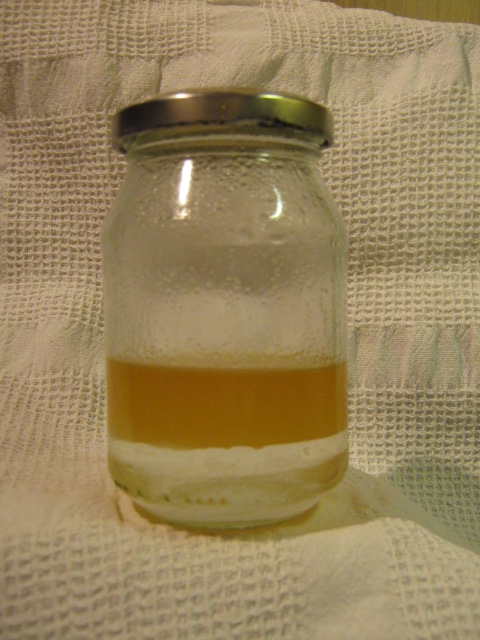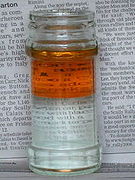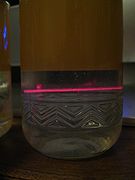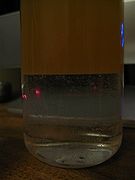Difference between revisions of "Soap tests"
(Added photo from jamesrl - newsprint test) |
m (Title levels rejig, wanted file links added) |
||
| Line 3: | Line 3: | ||
__TOC__ | __TOC__ | ||
| − | + | ==Why do we do it?== | |
| − | |||
| − | |||
Soap can be seen as one of the three contributors to fuel system failures and faults. The other two are methanol still in the fuel and poorly converted fuel. There are two ways of testing: | Soap can be seen as one of the three contributors to fuel system failures and faults. The other two are methanol still in the fuel and poorly converted fuel. There are two ways of testing: | ||
| Line 12: | Line 10: | ||
* a titrated test that will give a ppm (parts per million) result | * a titrated test that will give a ppm (parts per million) result | ||
| − | + | ==50/50 shake test== | |
{{#ev:youtube|UDYAuA8ZjYg|240|right|Real time settling of 50/50 shake up test (more than 50ml in this case) - source: K.H}} | {{#ev:youtube|UDYAuA8ZjYg|240|right|Real time settling of 50/50 shake up test (more than 50ml in this case) - source: K.H}} | ||
| Line 25: | Line 23: | ||
Photos to be added: | Photos to be added: | ||
| − | + | [[File:50ml of bio and 50ml of water.jpg]] | |
| − | + | [[File:Emulsion formed after shaking.jpg]] | |
| − | + | [[File:Clear water after separation.jpg]] | |
| − | + | ===Assessing water clarity=== | |
There a few ways to assess the water clarity after a 50/50 test | There a few ways to assess the water clarity after a 50/50 test | ||
| Line 45: | Line 43: | ||
</gallery> | </gallery> | ||
| − | + | ==Titration test== | |
... | ... | ||
[[Category:Biodiesel]] | [[Category:Biodiesel]] | ||
Revision as of 15:24, 26 November 2010
Why do we do it?
Soap can be seen as one of the three contributors to fuel system failures and faults. The other two are methanol still in the fuel and poorly converted fuel. There are two ways of testing:
- the 50/50 shake test
- a titrated test that will give a ppm (parts per million) result
50/50 shake test
The 50/50 test is relatively simple to perform.
Take a sample of dried, finished fuel, e.g. 50ml. Place it into a glass container and add 50ml of deionised water.( I suggest the use of deionised water because there have been concerns and odd results of shake tests due to the varying water quality throughout the UK.)
Then shake the living daylights out of it. This will create an emulsion between the water and the oil.
Allow it to stand. Within a few minutes you should see the fuel and water begin to split. When the fuel/water sample has fully separated you can then determine the results by a simple visual check. For a good pass, indicating little or no soap present, the emulsion should separate quickly (usually within 5 minutes) and the water layer should have the same crystal clear clarity it had before the test began. The fuel layer on top will now be cloudy. This is perfectly normal as the bio has taken on some of the moisture from the water.
Assessing water clarity
There a few ways to assess the water clarity after a 50/50 test
- Hold it up to the light to look for milkyness
- See if you can read newsprint through it
- Shine a laser through it
Commercial particulate counters measure laser backscatter to assess particle levels. We can use a simple laser pointer to show up any soap particles in a similar way.
- Water clarity tests
Laser pointer test - much better - a sample from the same batch but after passing through a dry wash tower
Titration test
...
